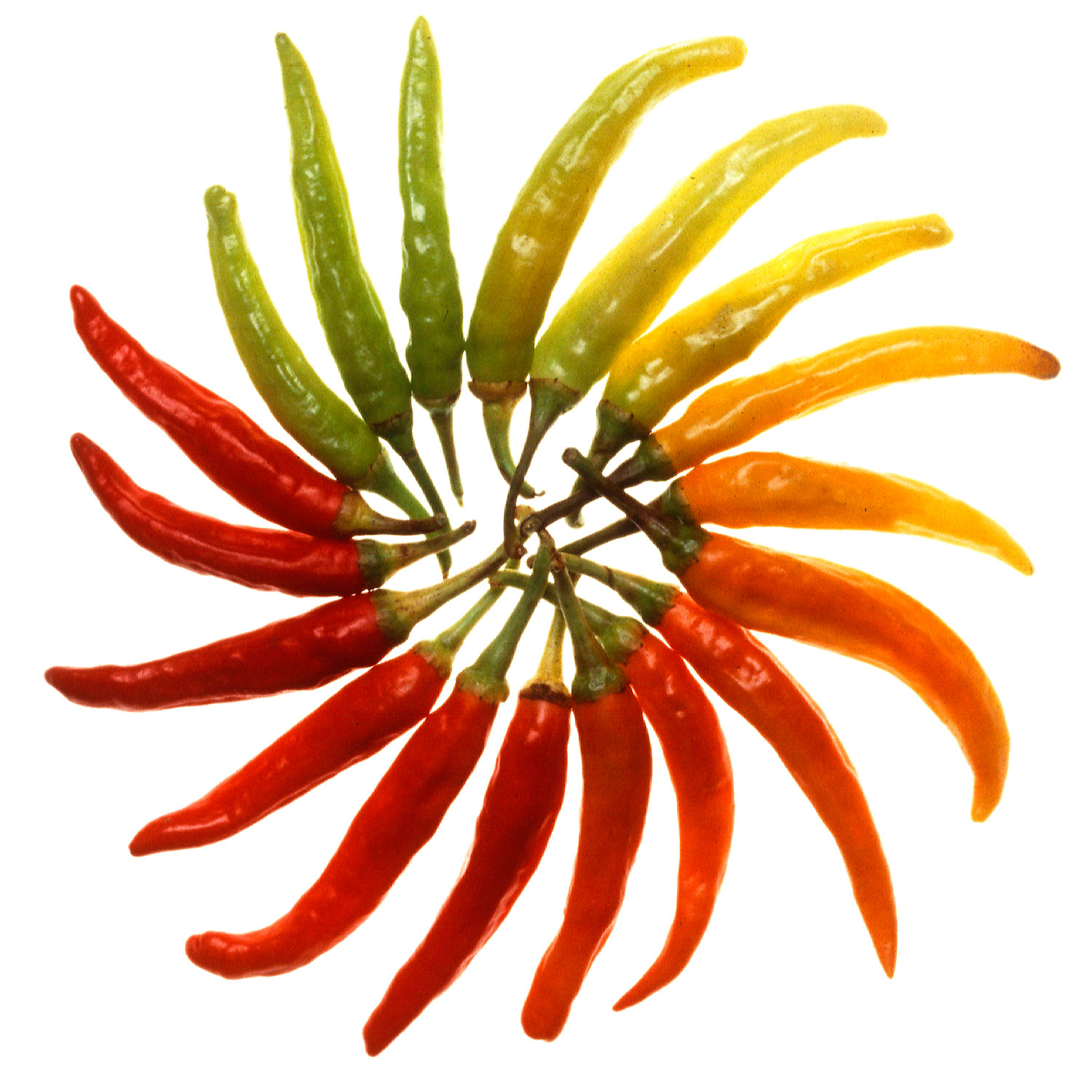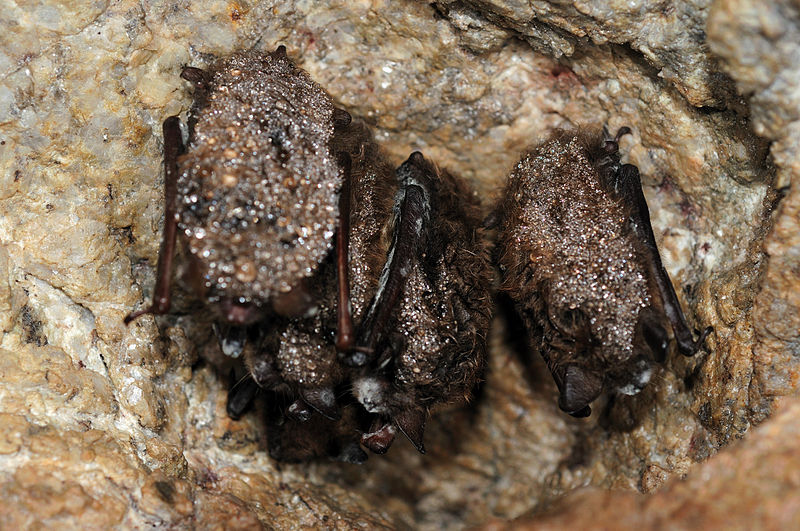In the depths of this arctic February, I have often found my mind wandering to memories of sun-drenched beaches, colorful umbrellas and the smell of sunscreen. But while nothing is more mellow than a day at the beach, I always find my relaxation punctuated by at least a moment or two of awestruck, almost existential unease. When looking out over …
What 3/4 of a giraffe worth of rain and mild weather gets you
I want to introduce you to a place. When you finish reading this, I want you to have a sense of what makes it so special, and a subtle but persistent desire to go there. So do as Sam Jackson says, and hold onto your butt. By the time I’m done, you’re going to RSVP with a resounding “hell-yes.” The …
The Search for the Null
Schools of brightly colored fish swirl around you as you set up your video monitoring equipment. As a marine ecologist, you’re hoping to get a reasonable census of the relative abundance of different species in this coral reef. With this data, you can begin to ask what might be driving these patterns. Why are parrotfish so common, and triggerfish so rare? Some possible explanations …
Capsaicin, too hot to handle or hot on health?
After a long summer gardening, your peppers are finally ready. Grinning with excitement, you snap off a tiny bright red pod and gingerly take a tiny bite. It’s crisp and crunchy, a tiny bit spicy, and you smile at your success. Then heat begins to build. It starts to get hot, really hot! At this point you realize, “I’ve made …
Clade-Killers I: An Elegy for the Bats
Years since detection. Infected species. The number of infected US states and Canadian provinces. The ever-increasing body count. The unsustainably high mortality rates (Frick et al. 2010). In some ways, the statistics are sterilizing, objective, and easier to deal with than the stark reality of empty caves, absent roosts, and the silent spring and summer nights. But the numbers are just …
Spectacular Symbiosis: the Root of the Matter
Cover photo: Source: Wikimedia user ninjatacoshell My vegetarian and vegan friends are all obsessed with beans. And lentils, and soy. Is there something about not eating meat that makes legumes irresistibly delicious? Some sort of secret vegetarian conspiracy to hoard all the beans? Actually, it all comes down to protein. Many of the most important parts of your body – muscle fibers, the enzymes that …
Our Slice of the Carbon Cycle: Down on the Farm
Looking out an airplane window, it is shocking to see how much of the Earth’s surface is farmland – all those irrigated circles and squares, stretching on to the horizon. If this land was not tilled, sowed, sprayed, guarded and harvested – if it was not teased into the tidy, geometric, human shapes we see from the plane – it could be dales …
The Diversity of Orchids, or: “Are You Orchidding Me?”
Featured image: Michigan Orchids. Photos: Katie Grzesiak I really just want to talk about plants all the time; apparently having a job where I talk about plants all the time isn’t enough for me. And since you’re not the boss of me, this time I want to talk about orchids. To make a long story short, orchids (plants in the …
Plants Without Chlorophyll: It’s Easy Being Green, But Stealing is Even Easier
Featured images, left to right: pinesap, ghost plant, spotted coralroot orchid. Photos: Katie Grzesiak Plants are Plants Plants make their food with energy from the sun; that’s what is often used to define them as plants. If I want to throw my degrees around, I call them “photoautotrophs,” from the Greek for “light,” “self,” and “feed.” Photosynthesis! It’s super neat, …
Our Nested Origins
Cover photo: Wikimedia User Thesupermat The scientific method is a powerful tool for exploring the physical realities underpinning our existence. But there’s no guarantee that we’ll like what we find once we start the exploration. The physical relationships uncovered by scientific inquiry can be joyful or disturbing, useful or esoteric, controversial or deeply satisfying. Occasionally, science can reveal truths that are just, well, a bit trippy. Endosymbioses are long …









